According to US President Donald Trump, Israel and Hamas have agreed to a ceasefire deal in Gaza.
Trump has claimed that the first phase of the deal has already gone into effect. However, Israel has said that the ceasefire will go into effect 24 hours after its cabinet votes on the deal.
However, the question many people are asking is this — will the peace deal last? Both sides are already suspicious of the other, with Hamas demanding ‘guarantees’ that Israel would not go back on the deal after all the hostages are released. Israel, meanwhile, remains unconvinced of Hamas’ commitment.
But what happens next? Will the deal finally bring calm to the war-torn Gaza?
Let’s take a closer look:
First things first
After the Cabinet of Israeli Prime Minister Benjamin Netanyahu and the country’s parliament ratify the deal on Thursday evening, some Israeli forces in Gaza will slowly begin withdrawing from the area. It remains to be seen how many troops leave. However, Hamas officials have said that the troops will exit populated areas.
Hamas, on the other hand, has agreed to release the nearly two dozen living hostages over the next few days — probably by Monday. Israel in turn will set hundreds of Palestinian prisoners free. Hamas has also pledged to hand over the bodies of the 28 hostages that have been killed. Meanwhile, aid trucks will begin delivering relief to Gaza. It is then that negotiations for the next phases of the peace deal will commence.
The timeline for troops leaving
The timeline for this still remains unknown. Hamas had stuck to its guns that the final hostages would not be released until Israeli troops complete their withdrawal from Gaza. However, now Hamas is saying it is relying on Trump’s word that this will occur. However, how long it will take remains anyone’s guess.
Israel has made mention of a possible buffer zone within Gaza and in the Philadelphi Corridor, a strip of land on Gaza’s border with Egypt, where troops can be stationed. However, Israel is unlikely to give back control of those areas unless Hamas disarms and the void left in running Gaza is filled by a body that Israel deems suitable.
Trump’s 20-point peace plan had called for an Arab-led international security force to move into Gaza, along with Palestinian police trained by Egypt and Jordan. It said Israeli forces would leave areas as those forces deploy. It is not known whether that system will be followed or an alternative will be negotiated.
Will Hamas give up arms?
Hamas had previously refused to give up its weapons.
It has insisted that it has a right to armed resistance until Israel’s occupation of Palestinian territories ends.
For Israel, this is a critical demand. Netanyahu has repeatedly said its campaign will not end until Hamas’ military capabilities are dismantled, including the network of tunnels built around the territory.
There are signs, however, that Hamas could agree to a “decommissioning” of its offensive weapons, handing them over to a joint Palestinian-Egyptian committee, according to the Arab officials with direct knowledge of the negotiations who spoke on condition of anonymity.
Who will run Gaza?
Israel has publicly said its goal is a Gaza-free Hamas.
However, it has balked at giving any role to the West Bank-based Palestinian Authority or any arrangement that could lead to the creation of a Palestinian state.
Hamas, which has ruled Gaza since 2007, has agreed to step down from governing the territory and hand over governance to a body of Palestinian technocrats.
What happens next remains uncertain
Under Trump’s plan, agreed to by Netanyahu, an international body – the Council of Peace or Board of Peace, as both names have been floated — will run things. It would hold most power while overseeing the administration of Palestinian technocrats running day-to-day affairs. It would also hold the commanding role of directing reconstruction in Gaza. Trump’s initial 20-point plan called for former British Prime Minister Tony Blair to lead the body.
Hamas has so thus not agreed, saying Gaza’s government should be worked out among Palestinians in light of their rights to sovereignty.
Celebrations and uncertainty
Israelis celebrated the agreement announced overnight after three days of talks in the Egyptian resort city of Sharm el-Sheikh. For much of the Israeli public, freeing the last of the hostages held for two years has been their top priority.
But Palestinians in Gaza were more uncertain. There was relief that the relentless bombardment and ground offensives may stop for a time and aid may flow in. But there was also scepticism and worry over how long any pause in fighting would last, whether hundreds of thousands will be able to return to their homes, and whether Gaza — its cities largely in ruins — will ever be rebuilt.
Many Palestinians fear Israel will take any breakdown in the talks as a chance to resume its assault. For months, Netanyahu and his hard-line allies have insisted they will keep long-term direct security control over Gaza and have spoken of pushing out its Palestinian population, ostensibly on a “voluntary” basis. In Gaza, many believe that remains Israel’s objective.
Pressure from the US and its allies — if it continues after hostages are out — could prevent Israel from relaunching a full-fledged war.
But there is another, darker scenario.
If Hamas and Israel cannot reach a final deal or negotiations drag on inconclusively, Gaza could slide into an unstable limbo, with Israeli troops still holding parts of it and Hamas still active. In that case, Israel would be unlikely to allow significant reconstruction, leaving Gaza’s population languishing in tent camps or shelters.
With inputs from agencies


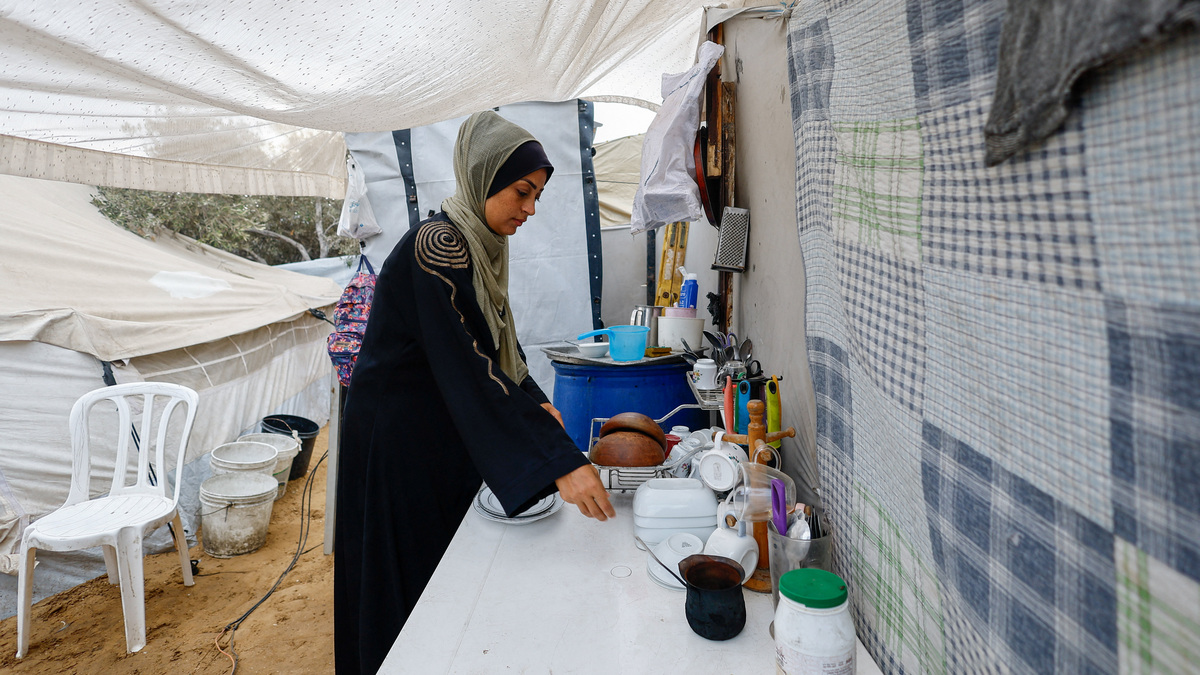)

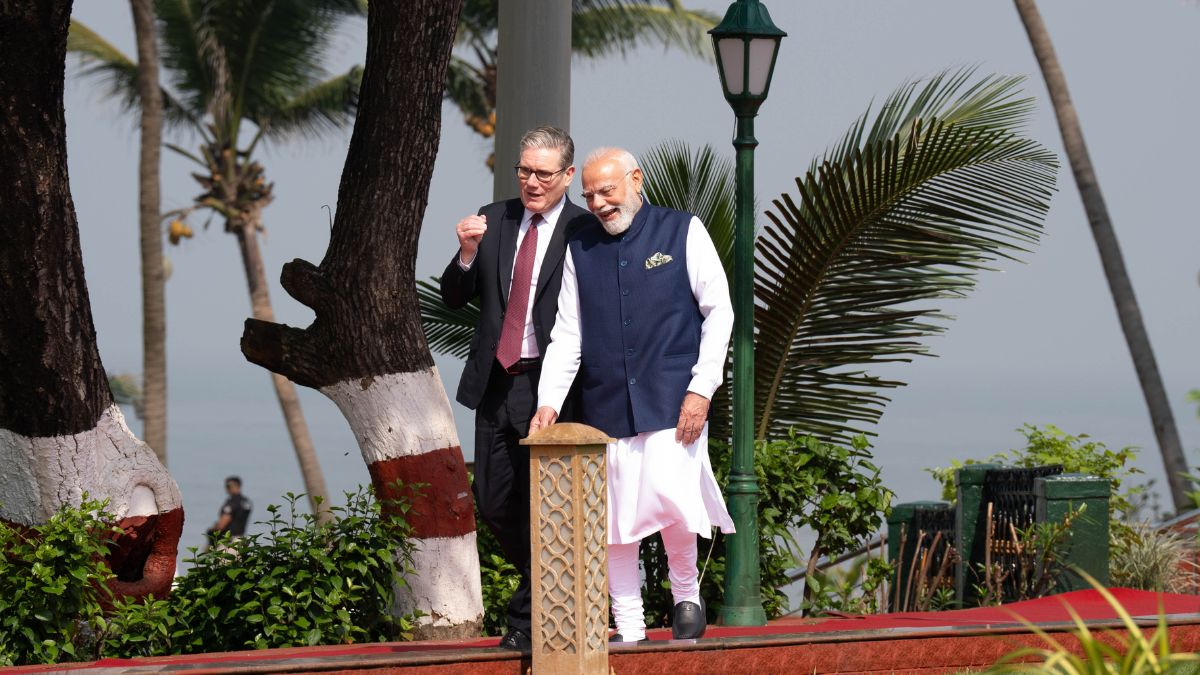)
)
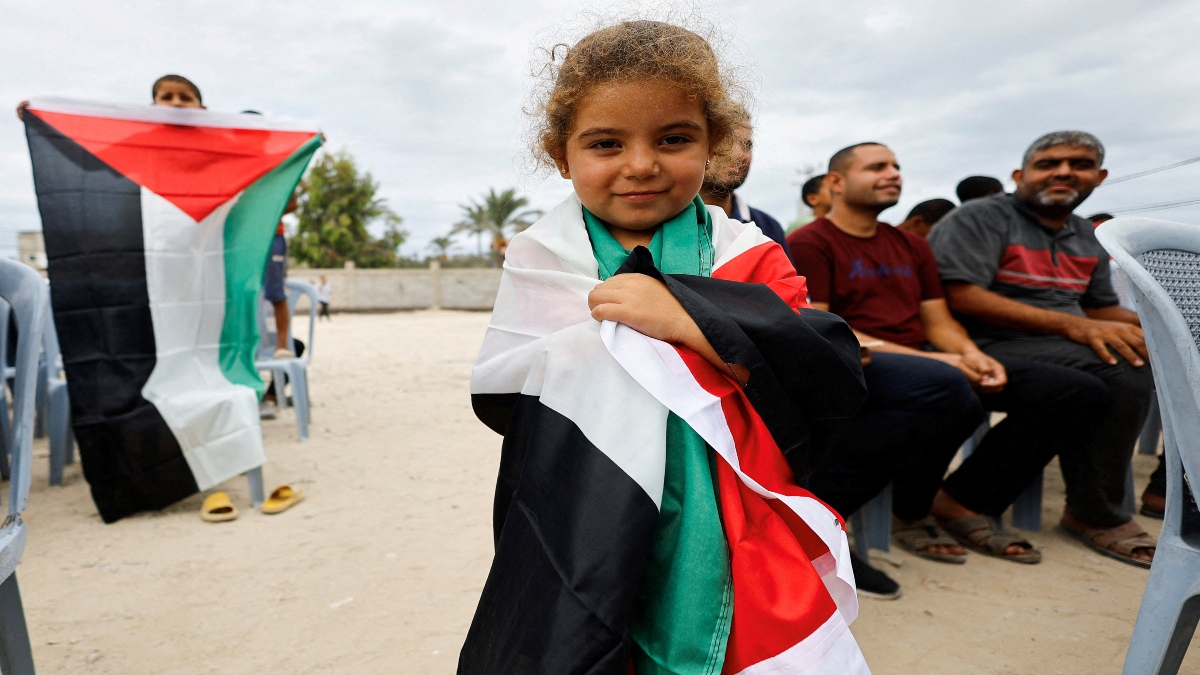)
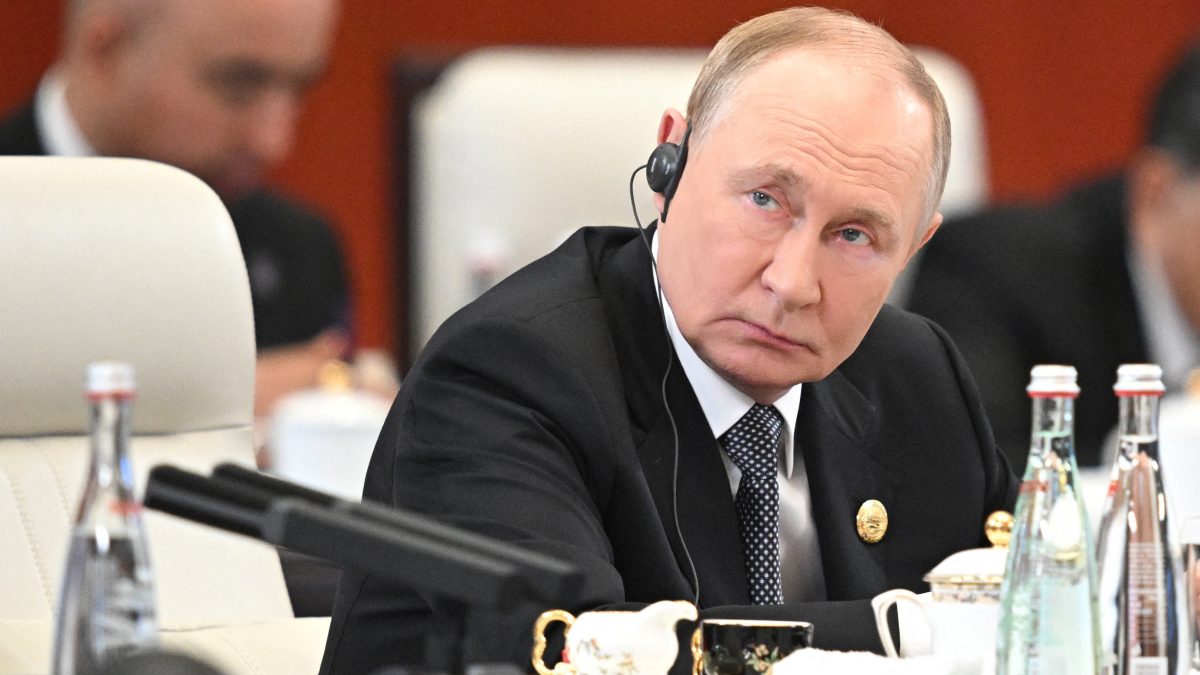)
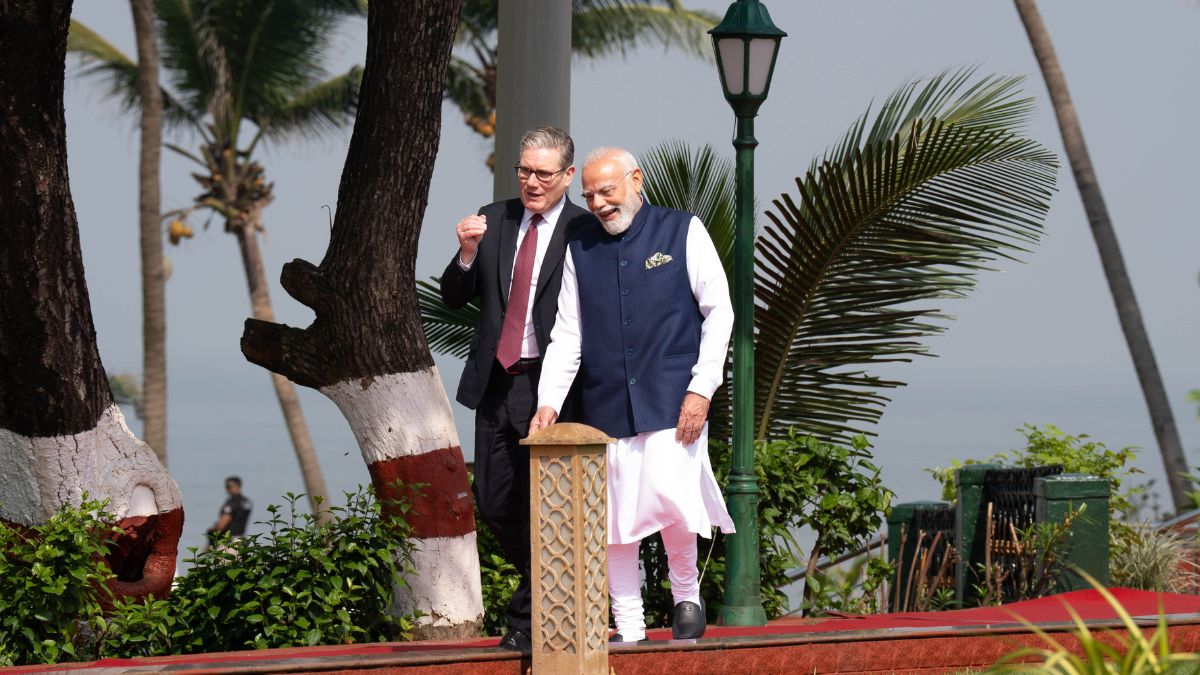)
)
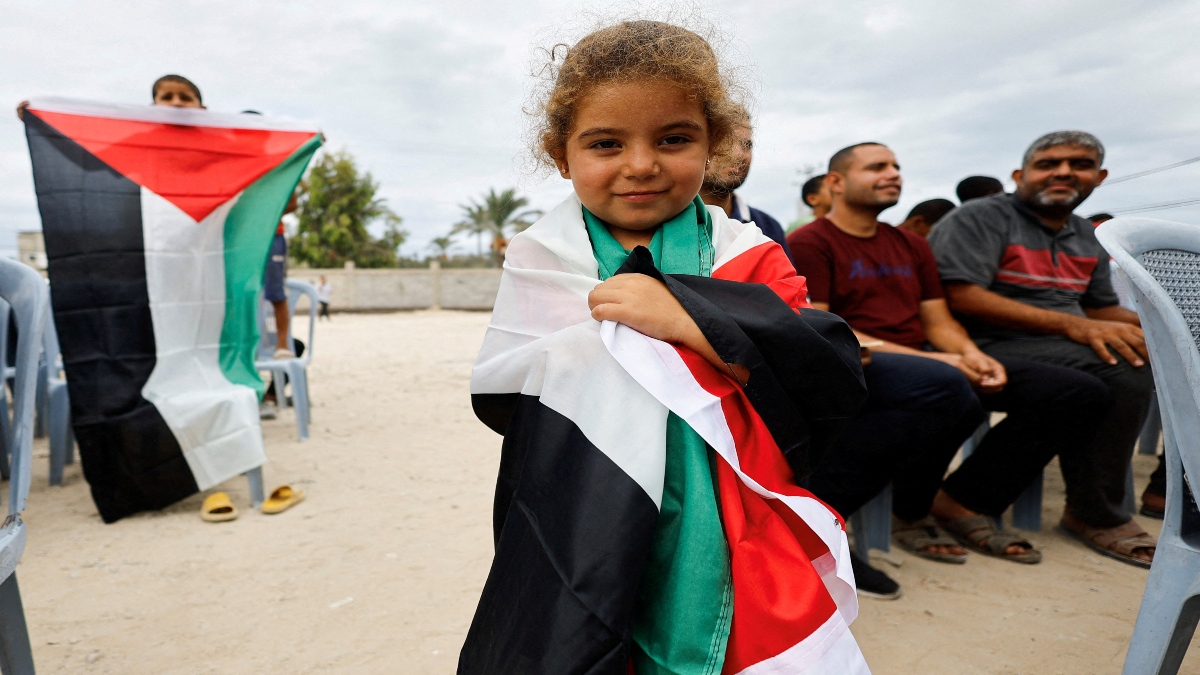)
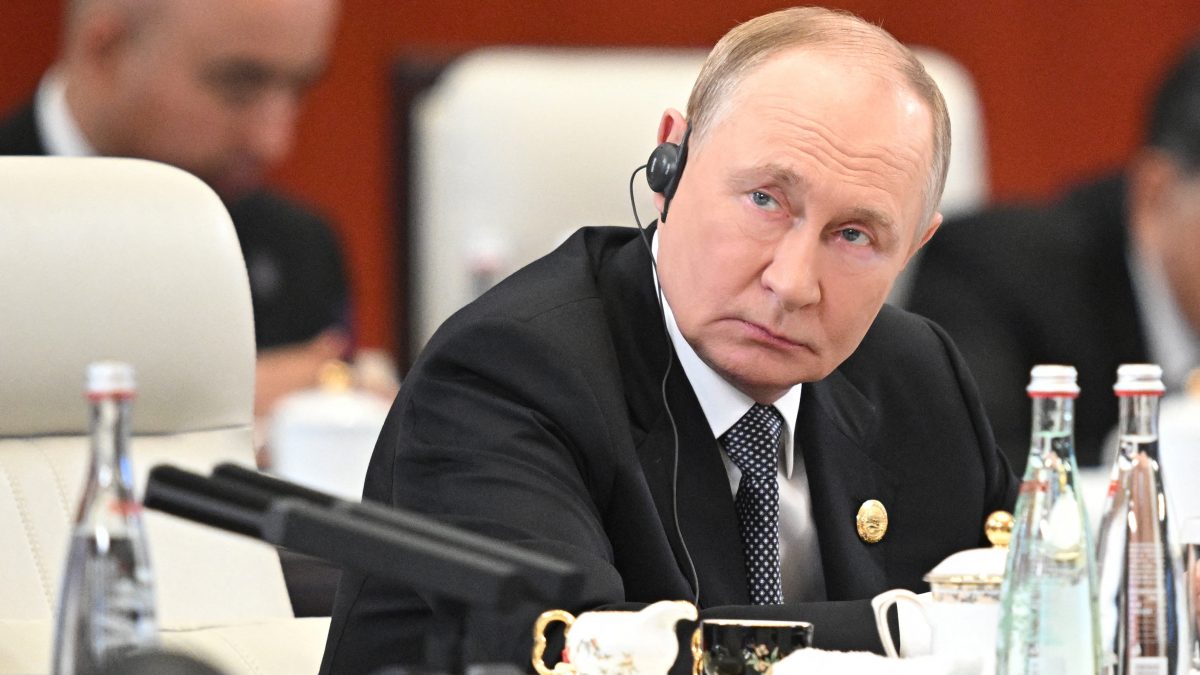)



